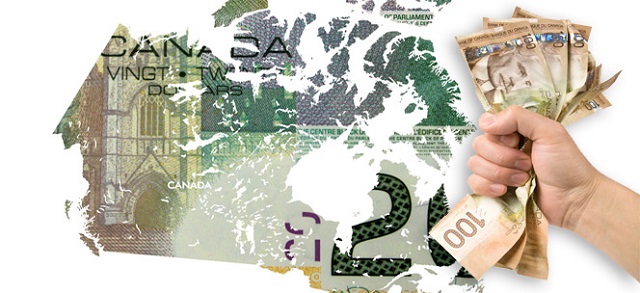Economy
Solar and Wind Power Are Expensive
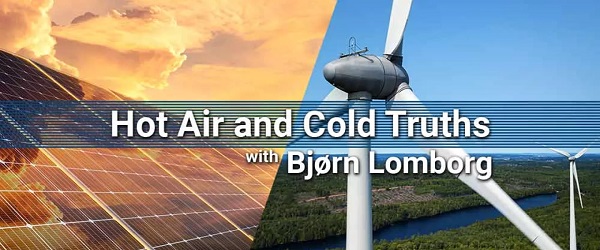
From the Fraser Institute
Politicians—supported by powerful green energy interests and credulous journalists—keep gaslighting voters claiming green energy is cheaper than fossil fuels.
Global evidence is clear: Adding more solar and wind to the energy supply pushes up the price of electricity for consumers and businesses. Families in Ontario know this already from their bitter experience: from 2005, the Ontario government began phasing out coal energy and dived headlong into subsidizing wind and solar generation.
Those green policies led to a sharp hike in electricity prices. From 2005 to 2020 the average, inflation-adjusted cost of electricity doubled from 7.7 cents to 15.3 cents. Since 2019 the Ontario government has subsidized these high costs through a slew of programs like the “Renewable Cost Shift”, lowering the direct pain to ratepayers but simply moving the increasing costs onto the government coffers. Today, this policy costs Ontario more than $6 billion annually, four-times what was being spent in 2018.
A relatively small amount of wind energy costs Ontarians over a billion dollars each year. One peer-reviewed study finds that the economic costs of wind are at least three times their benefits. Only the owners of wind power make any money, whereas the “losers are primarily the electricity consumers followed by the governments.”
Yet, politicians—supported by powerful green energy interests and credulous journalists—keep gaslighting voters claiming green energy is cheaper than fossil fuels.
They argue fundamentally that the green transition is not just cheap but even that it makes money, because wind and solar are cheaper than fossil fuels.
At best, this is only true when the sun is shining and the wind is blowing. At all other times, their cost is significantly higher. Modern societies need around-the-clock power. The intermittency of solar and wind energy means backup is required, often delivered by fossil fuels. That means citizens end up paying for two power systems: renewables and their backup. Moreover, much more transmission is needed to ensure wind and solar reach users, and backup fossil fuels, as they are used less, have even fewer hours to earn back their capital costs. Both increase costs further.
This intermittency can be huge, as when solar power in the Yukon delivered a massive 150 times more electricity to the grid in May 2022 than it did in December 2022. It is also the reason that the real energy costs of solar and wind are far higher than green campaigners claim. Just look around the world to see how that plays out.
One study shows that in China, when including the cost of backup power, the real cost of solar power becomes twice as high as that of coal. Similarly, a peer-reviewed study of Germany and Texas shows that the real costs of solar and wind are many times more expensive than fossil fuels. Germany, the U.K., Spain, and Denmark, all of which increasingly rely on solar and wind power, have some of the world’s most expensive electricity.

Source: IEA.org energy prices data set
This is borne out by the actual costs paid across the world. The International Energy Agency’s latest data from nearly 70 countries from 2022 shows a clear correlation between more solar and wind and higher average household and business energy prices. In a country with little or no solar and wind, the average electricity cost is about 16 cents per kilowatt-hour. For every 10 per cent increase in solar and wind share, the electricity cost increases by nearly 8 cents per kWh. The results are substantially similar for 2019, before the impacts of Covid and the Ukraine war.
In Germany, electricity costs 43 cents per kWh—much more than twice the Canadian cost, and more than three-times the Chinese price. Germany has installed so much solar and wind that on sunny and windy days, renewable energy satisfies close to 70 per cent of Germany’s needs—a fact the press eagerly reports. But the press hardly mentions dark and still days, when these renewables deliver almost nothing. Twice in the past couple of months, when it was cloudy and nearly windless, solar and wind delivered less than 4 per cent of the daily power Germany needed.
Current battery technology is insufficient. Germany’s entire battery storage runs out in about 20 minutes. That leaves more than 23 hours of energy powered mostly by fossil fuels. Last month, with cloudy skies and nearly no wind, Germany faced the costliest power prices since the energy crisis caused by Russia’s invasion of Ukraine in 2022, with wholesale prices reaching a staggering $1.40 per kWh.
Canada is blessed with plentiful hydro, powering 58 per cent of its electricity. This means that there has been less drive to develop wind and solar, which deliver just 7 per cent. But the urge to virtue signal remains. Indeed, the federal government’s 2023 vision for the electricity system declares that shifting away from fossil fuels is a “scientific and moral imperative” and “the greatest economic opportunity of our lifetime”.
Yet the biggest take-away from the global evidence is that among all the nations in the world—many with very big, green ambitions—there is not one that gets much of its power from solar and wind and has low electricity costs. The lower-right of the chart is simply empty.
Instead, there are plenty of nations with lots of green energy and exorbitantly high costs.
2025 Federal Election
POLL: Canadians say industrial carbon tax makes life more expensive
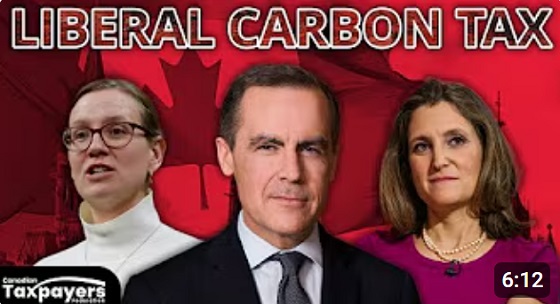
The Canadian Taxpayers Federation released Leger polling showing 70 per cent of Canadians believe businesses pass on most or some of the cost of the industrial carbon tax to consumers. Meanwhile, just nine per cent believe businesses pay most of the cost.
“The poll shows Canadians understand that a carbon tax on business is a carbon tax on Canadians that makes life more expensive,” said Franco Terrazzano, CTF Federal Director. “Only nine per cent of Canadians believe Liberal Leader Mark Carney’s claim that businesses will pay most of the cost of his carbon tax.
“Canadians have a simple question for Carney: How much will your carbon tax cost?”
The federal government currently imposes an industrial carbon tax on oil and gas, steel and fertilizer businesses, among others.
Carney said he would “improve and tighten” the industrial carbon tax and extend the “framework to 2035.” Carney also said that by “changing the carbon tax … We are making the large companies pay for everybody.”
The Leger poll asked Canadians who they think ultimately pays the industrial carbon tax. Results of the poll show:
- 44 per cent say most of the cost is passed on to consumers
- 26 per cent say some of the cost is passed on to consumers
- 9 per cent say businesses pay most of the cost
- 21 per cent don’t know
Among those decided on the issue, 89 per cent of Canadians say businesses pass on most or some of the cost to consumers.
“Carbon taxes on refineries make gas more expensive, carbon taxes on utilities make home heating more expensive and carbon taxes on fertilizer plants increase costs for farmers and that makes groceries more expensive,” Terrazzano said. “A carbon tax on business will push our entrepreneurs to cut production in Canada and increase production south of the border and that means higher prices and fewer jobs for Canadians.”
Bjorn Lomborg
Global Warming Policies Hurt the Poor

From the Fraser Institute
Had prices been kept at the same level, an average family of four would be spending £1,882 on electricity. Instead, that family now pays £5,425 per year. The average UK person now consumes just over 10 kWh per day—a low point in consumption not seen since the 1960s.
We are often told by climate campaigners that climate change is especially pernicious because its effects over coming decades will disproportionately affect the poorest people in Canada and the world. Unfortunately, they miss that climate policies are directly hurting the poor right now.
More energy leads to better, healthier, longer lives. Less energy means fewer opportunities. Climate policies demand we pay more for less reliable energy. The impact is greater if you’re poorer: the wealthy might grumble about higher costs but can generally absorb them; the poor are forced to cut back.
For evidence, look to the United Kingdom which has led the world on stiff climate policies and net zero promises for some two decades, sustained by successive governments: its inflation-adjusted electricity price, weighted across households and industry, has tripled from 2003 to 2023, mostly because of climate policies. The total, annual UK electricity bill is now $CAD160 billion, which is $CAD105 billion more than if prices in real terms had stayed unchanged since 2003. This unnecessary increase is so costly that it is twice the entire cost that the UK spends on elementary education. Had prices been kept at the same level, an average family of four would be spending £1,882 on electricity. Instead, that family now pays £5,425 per year.
Over that time, the richest one per cent absorbed the costs and even managed to increase their consumption. But the poorest fifth of UK households saw their electricity consumption decline by a massive one-third.
The effects of climate policies mean the UK can afford less power. The average UK person now consumes just over 10 kWh per day—a low point in consumption not seen since the 1960s. While global individual electricity consumption is steadily increasing, the energy available to an average Brit is sharply decreasing.
Climate policies hurt the poor even in energy-abundant countries like Canada and the United States. Universally, poor people in well-off countries use much more of their limited budgets paying for electricity and heating. US low-income consumers spend three-times more on electricity as a percentage of their total spending than high-income consumers. It’s easy to understand why the elites have no problem supporting electricity or gas price hikes—they can easily afford them.
As mentioned in the article on cold and heat deaths, high energy prices literally kill people—and this is especially true for the poor. Cold homes are one of the leading causes of deaths in winter through strokes, heart attacks, and respiratory diseases. Researchers looked at the natural experiment that happened in the United States around 2010, when fracking delivered a dramatic reduction in costs of natural gas. The massive increase in availability of natural gas drove down the price of heating. The scientists concluded that every single winter, lower energy prices from fracking save about 12,500 Americans from dying. To put this another way, all else being equal, a reversal and hike in energy prices would kill an additional 12,500 people each year.
As bleak as things are for the poor in rich countries, virtue-signaling climate policy has even farther-reaching impacts on the developing world, where people desperately need more access to the cheap and plentiful energy that previously allowed rich nations to develop. In the poor half of the world, more than two billion people have to cook and keep warm with polluting fuels such as dung and wood. This means their indoor air is so polluted it is equivalent to smoking two packs of cigarettes a day—causing millions of deaths each year.
In Africa, electricity is so scarce that the total electricity available per person is much less than what a single refrigerator in the rich world uses. This hampers industrialization, growth, and opportunity. Case in point: The rich world on average has 650 tractors per 50km2, while the impoverished parts of Africa have just one.
But rich countries like Canada—through restrictions on bilateral aid and contributions to global bodies like the World Bank—refuse to fund anything remotely fossil fuel-related. More and more development and aid money is being diverted to climate change, away from the world’s more pressing challenges.
Canada still gets more than three-quarters of its energy (not just electricity) from fossil fuels. Yet, it blocks poor countries from achieving more energy access, with the naïve suggestion that the poor “skip” to intermittent solar and wind with an unreliability that the rich world does not accept to fulfil its own, much bigger needs.
A large 2021 survey of leaders in low- and middle-income countries shows education, employment, peace and health are at the top of their development priorities, with climate coming 12th out of 16 issues. But wealthy countries refuse to pay attention to what poor countries need, in the name of climate change.
The blinkered pursuit of climate goals blinds politicians in rich countries like Canada to the impacts on the poor, both here and across the world in developing nations. Climate policies that cause higher energy costs and push people toward unreliable energy sources disproportionately burden those least able to bear them.
-

 Bruce Dowbiggin2 days ago
Bruce Dowbiggin2 days agoIs HNIC Ready For The Winnipeg Jets To Be Canada’s Heroes?
-

 COVID-192 days ago
COVID-192 days agoCOVID virus, vaccines are driving explosion in cancer, billionaire scientist tells Tucker Carlson
-

 2025 Federal Election2 days ago
2025 Federal Election2 days agoInside Buttongate: How the Liberal Swamp Tried to Smear the Conservative Movement — and Got Exposed
-
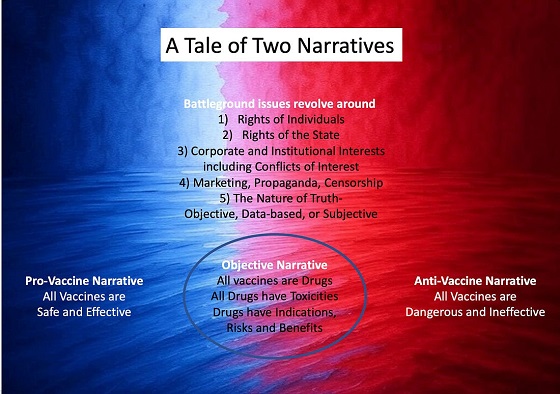
 Dr. Robert Malone2 days ago
Dr. Robert Malone2 days agoThe West Texas Measles Outbreak as a Societal and Political Mirror
-

 illegal immigration1 day ago
illegal immigration1 day agoDespite court rulings, the Trump Administration shows no interest in helping Abrego Garcia return to the U.S.
-

 Health2 days ago
Health2 days agoHorrific and Deadly Effects of Antidepressants
-
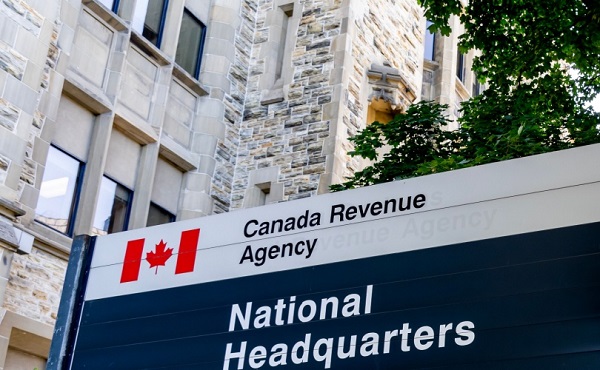
 2025 Federal Election1 day ago
2025 Federal Election1 day agoConservative MP Leslyn Lewis warns Canadian voters of Liberal plan to penalize religious charities
-
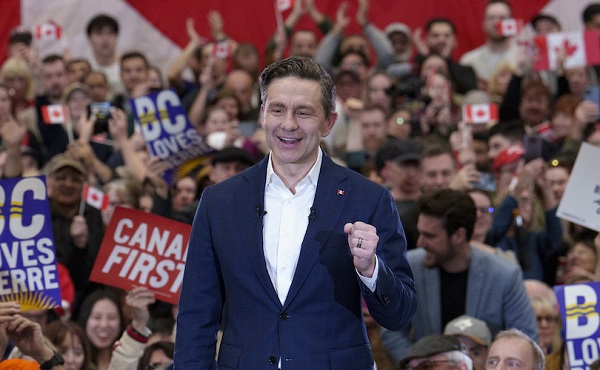
 2025 Federal Election1 day ago
2025 Federal Election1 day agoEuthanasia is out of control in Canada, but nobody is talking about it on the campaign trail






